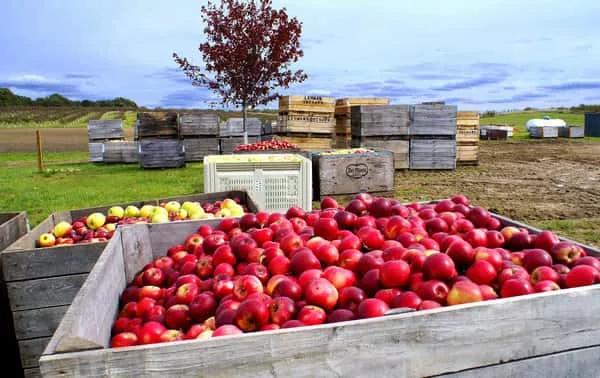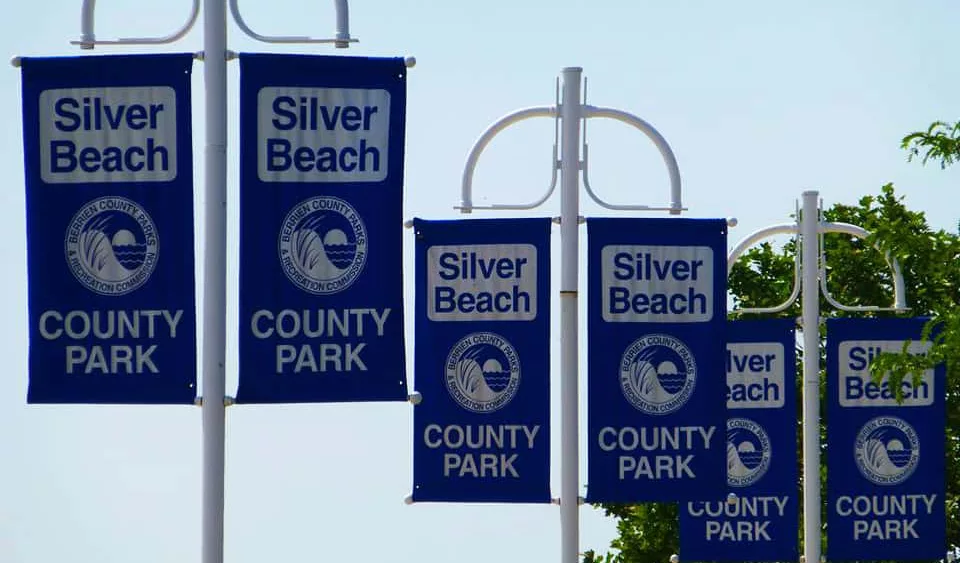The winter weary among us are always happy to see advancing warmer weather. However, those tied to the agricultural industry and the growing community always temper that enthusiasm by hoping that it never gets "too warm" to produce a threat to the life and limbs of fruit trees, vineyards and beyond.
While most Michiganders are enjoying the recent spring warm-up, the Michigan Apple Committee is also getting questions about the weather’s affect on the 2016 apple crop.
Michigan Apple fans can rest easy in the knowledge that the Michigan Apple industry is not anticipating, nor do they have any concerns about a repeat of 2012 this year.
In March of 2012, temperatures soared above 80 degrees for several days in a row, causing the apple trees to blossom early. When temperatures dropped to more typical spring weather in April, Michigan orchards experienced several frost events and the majority of the crop was lost that year.
Diane Smith is Executive Director of the Michigan Apple Committee. She says, “What we are seeing this year is very different. While we are enjoying warmer temperatures, they aren’t matching the highs we saw in 2012. Though growers would like to see temperatures in the 40s, a few days in upper 50s and 60s does not spell disaster.”
For Michigan Apple growers, a long winter and a spring with gradually rising temperatures is ideal. However, the fluctuation in temperatures happening now is not uncommon and thus far is not a cause for concern.
Amy Irish-Brown is a Tree Fruit Educator with Michigan State University Extension. She says, “Apple trees are hardy plants that are protected from cold winter temperatures by going into a dormant state. In the spring, as temperatures rise, the trees ‘wake up’ and begin the work of sending energy to the buds to produce blossoms which eventually become fruit.” She notes, “It is true that when the buds begin to emerge, that is when the tree is at its most vulnerable. However, apple trees also produce far more buds than they need to fruit. It’s their way of ‘protecting’ their fruit – some bud loss will naturally take place and a tree can still produce a healthy crop of apples.”
According to the National Weather Service, the outlook for the rest of March includes above average temperatures, around the 50 degree mark.
Amy tells us, “If the warm temperatures remain consistent, there is a possibility of the buds emerging sooner, but after 2012, growers invested in frost protection technologies such as frost fans, heaters and sprinklers. Also, as new plantings go in, growers are very careful about site selections that will help prevent frost damage to trees.”
Back at the Michigan Apple Committee, Smith says, “The bottom line is, Michigan Apple growers are accustomed to bravely facing Mother Nature’s challenges.” She concludes, “This annual trepidation about the weather is simply a part of the process of producing apples.”
The Michigan Apple Committee is a grower-funded nonprofit organization devoted to marketing, education and research activities to distinguish the Michigan apple and encourage its consumption in Michigan and around the world. For more information, you can visit www.MichiganApples.com.
The photo accompanying this story on Moody on the Market was captured a few years ago at Jollay Orchards in Coloma during the harvest season.






